El secreto de vivir con dolor crónico: la autocompasión.
After struggling with a chronic pain (a frozen shoulder) for almost a year, I discovered that the secret to mindfully living with chronic pain is self-compassion.
When you have chronic pain, everybody tells you to focus on what you can do: physiotherapy, cold/hot treatments, painkillers, pillows to ease the pain at night, etc.
All these tips are great, and yet they miss the most significant aspect of living with chronic pain: how you relate to it.
In this article, I explained 5 different ways in which I have related to my frozen shoulder: with disbelief, despair, aversion, bullying it and, finally, with kindness.
Disbelief phase
The first month of my pain, I couldn’t actually believe that I had damaged my shoulder. I’m relatively healthy, there was no accident, no tissue tear, so I thought I would get better with some rest.
Yet, the days went by and my range of motion became more and more limited. At some point, putting my bra, opening a jar, plugging my phone charger, cleaning, eating or securing my bike’s lock turned into excruciating tasks.
What had been easy and taken for granted was now unimaginable to do on my own. I could not believe it.
Some of my thoughts were:
How was this possible?
How did I end up here?
How could my right shoulder be in so much pain?
Despair phase
Approximately two months after my pain started, I started to lose my motivation.
Yoga or any workout routines were gone… I even tried practising very slowly but I would still find myself in a lot of pain with the tiniest movements.
For the first time in ages, moving my body didn’t feel safe.
The fact that the movements that hurt changed from day to day was deeply unsettling. It felt as if I was stuck in a body that didn’t feel reliable anymore.
At the time, my brain believed that focusing on everything that I couldn’t do anymore was a great idea. And that it was I inadvertently did.
Downward facing dogs: gone.
Planks: gone.
Child pose: gone.
Shavasana one of the most low-key yoga poses (the corpse pose): gone.
They were all impossible to my body.
Aversion phase
It had been a month and a half since the pain became part of my life and I was starting to get sick of it. All I wanted was the pain to be gone.
If mindfulness has taught me anything is that the mind tends to reject any experience that doesn’t fulfil its expectations. And my right shoulder was definitely not meeting my expectations of movement or health or simply living my life.
In my case, rejection usually takes the shape of “why questions.” Quite often, I would fall into the thinking trap of trying to find answers to:
Why is this happening to me?
Why does my right shoulder hurt?
Why is it taking so long to recover?
Nothing wrong with wanting to understand and analyse what happens to our body. But these questions are usually very painful… and to be honest, they also tend to be very useless.
Mostly because their intention is not only educational, they come from a place of aversion, fear and pain.
When the mind and the body are in pain “why-questions” usually take us to a spiral of rumination and worry. It’s like entering a black hole, it sucks all the light and it doesn’t really offer any answers.
Self-bully phase
Has it ever happened to you that something goes wrong and you verbally abuse yourself?
Usually, all of this takes place in your head, and unless you’re paying attention, it will go unnoticed.
Let me explain.
My shoulder pain was so unpredictable that I would unintentionally hurt my arm doing the tiniest things: grabbing the door knob, getting dressed, passing a glass of water.
Then, a spike of pain would come and at that precise moment I would hear my mind loudly screaming:
“You’re so stupid!” or
“You’re an idiot!” or
“You shouldn’t have done that!”
Stuff that I would never, I repeat: never, would say to a loved one.
But there was my mind self-bullying me for the pain that my body was feeling while I was just trying to go through my day.
Self-kindness phase
Eventually, I realised that I wanted to build a healthier relationship with my frozen shoulder and that self-compassion could help me with that.
Self-compassion is learning how to talk to yourself like you would to your friends. With kindness, attentiveness and care – and definitively not bullying them.
Gradually, I substituted the bully narrative for a compassionate one. Although at the beginning it felt awkward, every time my shoulder hurt I would mentally whisper:
“May I be happy.
May I be safe.
May I be free from suffering.”
Sometimes I would say the self-kindness phrases after the pain was gone and other times they cut through the self-bully’s voice.
Exchanging the self-bully voice for a kinder one had an incredible positive effect on me. I noticed that these phrases brought a softer and gentle voice to the pain and suffering inflicted by the chronic pain.
Self-kindness didn’t get rid of my physical pain (nor that that is the intention of it). However, it did alleviate the mental one. The mental worry, anxiety and abuse that many of us suffer when our body is in pain.
A soft acceptance of the pain emerged.
Self-compassion made my experience of having a frozen shoulder lighter. While in the past I tried to get rid of it, changed it or even punish myself for it, I was now allowing it to be both in my body and in my mind.
It helped me let go of that extra layer of mental suffering that nobody tells you about. Yet it can get gruesome when you have pain for such long periods of time.
Now I get what Sebene Selassie, one of my favourite mindfulness teachers, once wrote:
Pain is a plea for presence, a call for compassion.
May you also find pain a plea for presence and self-compassion.
Have you ever used self-compassion to sooth your chronic pains?
Let me know down below the comments.
Blog post image by Karolina Grabowska from Pexels.

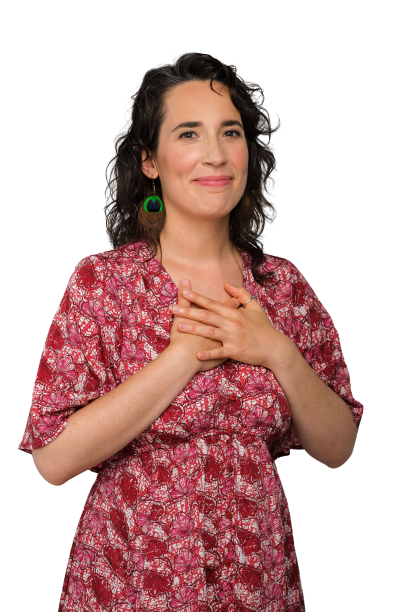
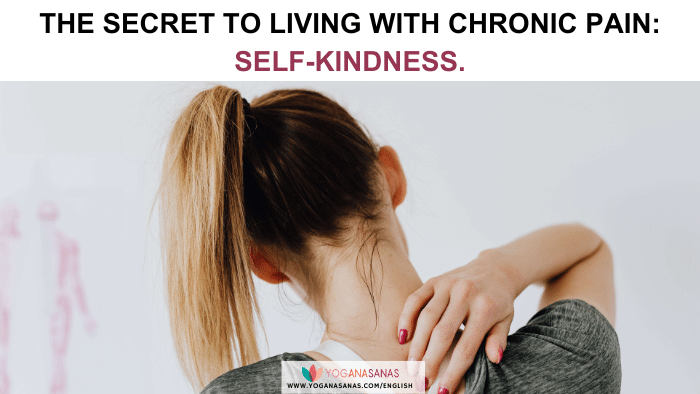
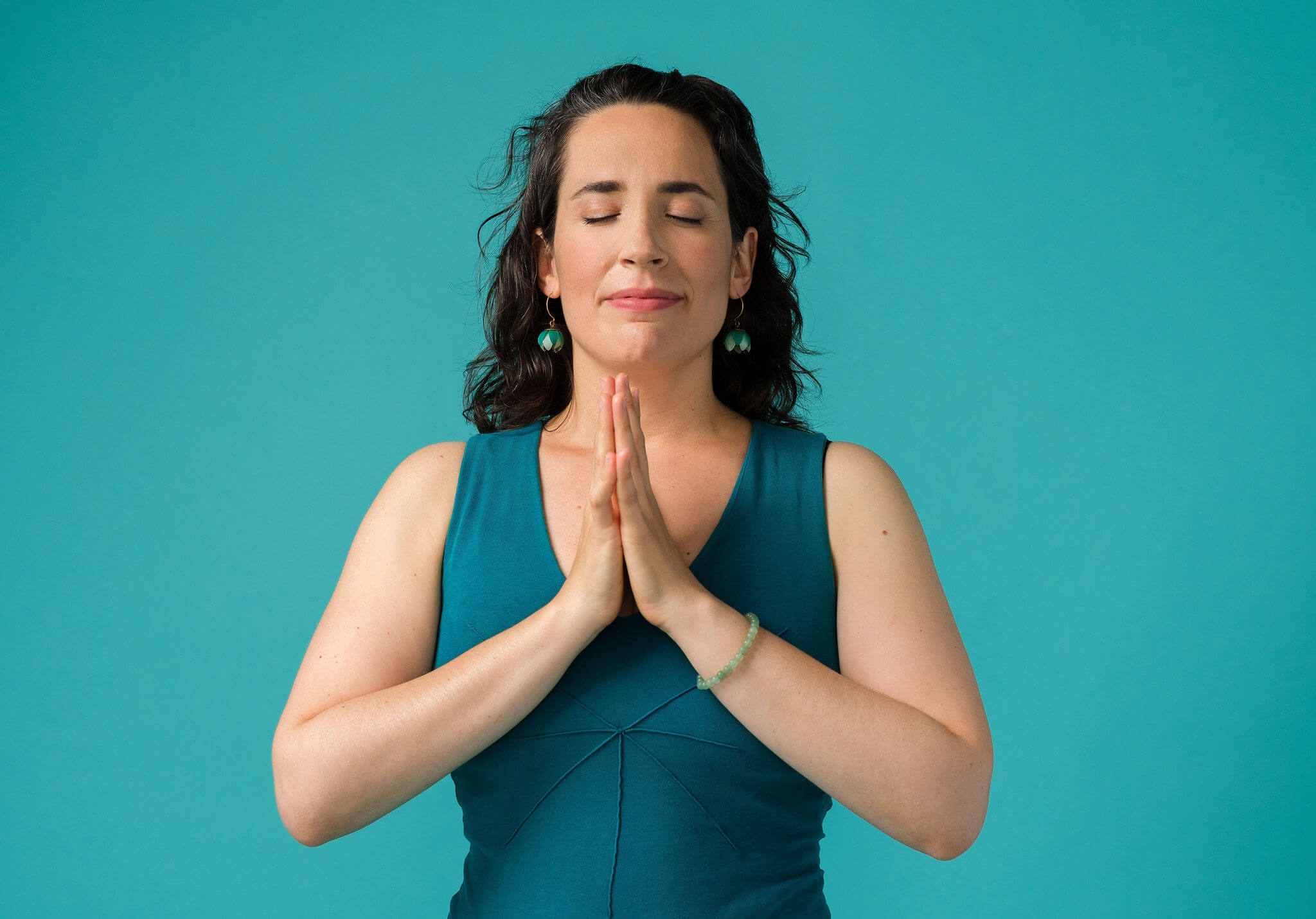
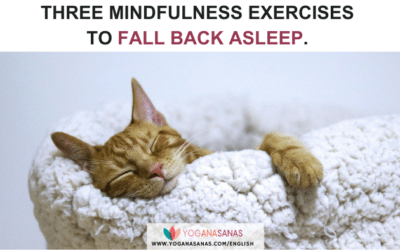

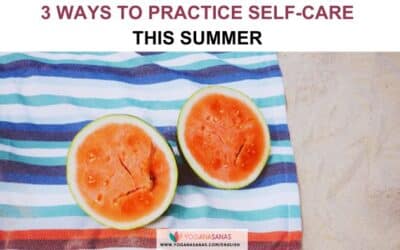
0 comentarios